The large-scale cultural program of China Central Radio and Television Station “Poetry and painting China“The seventh issue will beNovember 13th(Sunday) It will be broadcast on CCTV Comprehensive Channel at 8 pm. With the unique perspective of “poetry and painting”, the program breaks the boundaries of appreciation of different art forms, and uses a more vivid and romantic way to convey the charm of excellent traditional culture that has been passed down through time and rivers.
The excellent traditional Chinese culture has a long history and is the crystallization and essence of the wisdom of Chinese civilization. “Poetry and Painting China” has launched many excellent works that enhance the spiritual power of the people in the innovative form of “poetry and painting”. The cultural spirit with eternal charm and contemporary value enhances the dissemination and influence of Chinese civilization, and brings new vitality to the excellent traditional Chinese culture.
This issue of “Poems and Paintings of China” will continue to present innovative expressions in the new era, including the album “Paintings of Yinzhen Farming and Weaving in Qing Dynasty”, the pages of “Bamboo Forest and Ruan”, the scroll of “Yellow Crane Tower”, and “Dongzhuang” Book, “Xiang Jun Xiang Madam Picture” axis, “Cold Camel Remnant Snow Picture” axis, “Tianshan Snow Covered Picture” axis, seven handed down paintings, leading the audience to experience the ancients’ pursuit of a better life and thinking about life, and to taste the history of Chinese civilization Cultural accumulation in the long river.
Phoenix LegendSing and weave life
“In the daytime, the fields are cultivated at night, and the village’s children are in charge.”Land is the foundation of human survival. Chinese people with thousands of years of farming history have ardent feelings for land. Countless masterpieces of poetry and painting also record the deep love of Chinese people for the land. The book “Ploughing and Weaving Pictures of Yinzhen in Qing Dynasty” brought by the legend of Phoenix, depicts the scenes of people ploughing the fields, sowing and transplanting, picking mulberries and breeding silkworms, tailoring garments, etc. The small 46 open pages condense the Chinese The nation has a long history of farming civilization. In this episode of the program, Legend of Phoenix will be in the golden rice fields and use singing to paint a picture of the rural life of men farming and women weaving. Agricultural civilization is endless, and our love for land and respect for labor remains the same. Today, in this fertile soil of China, generations of Chinese sons and daughters are depicting the “farming and weaving map” of the new era, poverty alleviation and rural revitalization. Ancient lands come to life.
“The emperor descends to Beizhu, his eyes are stunned and he is worried. The autumn wind is curling, and the waves of Dongting are under the leaves of trees.” The tone of voice depicts the melancholy mood of galloping in the distance, praying for nothing, and looking forward to it. Lou Wei, the executive vice president of the Palace Museum, as the opener, brought the scroll of “Mrs. Xiang Jun and Mrs. Xiang” by Ming Dynasty painter Wen Zhengming based on the “Mr. Xiang” and “Mrs. Xiang” in Qu Yuan’s poems. Wang Nianci, a dancer from the Youth Dance Troupe of the Beijing Dance Academy, and Li Yiran, a dancer from the China Opera and Dance Theatre, played the roles of Mr. Xiang and Mrs. Xiang, presenting a two-person dance to the audience, fully interpreting the image of the goddess fluttering in the clouds. According to Lou Wei, the “high ancient” of the axis of “Xiangjun Xiangfu” focuses on expressing the aesthetic interest of the ancients. In terms of character modeling, Wen Zhengming learned to imitate Zhao Mengfu’s brushwork, followed Gu Kaizhi, and mastered coloring. The selection of French money further highlights the ancient meaning of the painting.
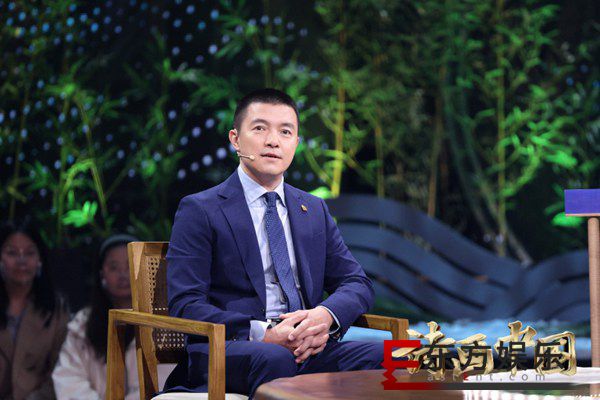
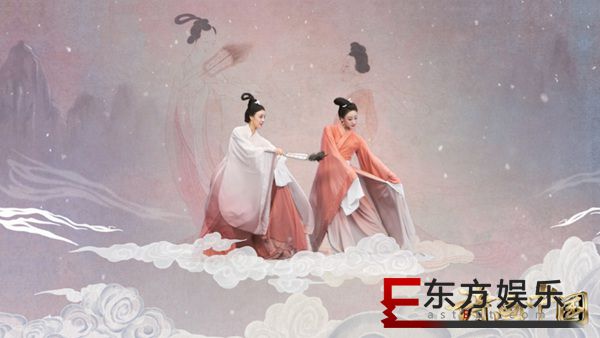
“In the past, people have gone by the Yellow Crane, and the Yellow Crane Tower is empty here. The Yellow Crane will never return, and the white clouds will be empty for thousands of years.” The Yellow Crane Tower is known as “the first building in the world“. The Crane Tower has left behind many ancient masterpieces. The Ming Dynasty painter An Zhengwen also used superb boundary painting techniques to depict the magnificent figure of the Yellow Crane Tower. Ren Xianqi, who opened the book, will return to his hometown of Wuhan to sing into the painting “Yellow Crane Tower” axis, singing the majestic momentum of the Yellow Crane Tower and the nostalgia for his hometown. Standing on the layers of “cultural pavilions” built by the ancients for us, we in the new era will surely write new brilliance.
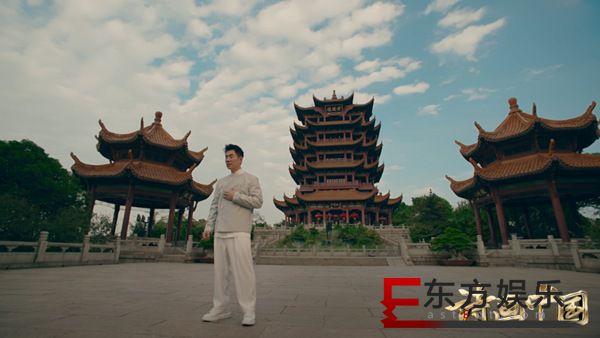
Through the ancient and modern painting tour “Dongzhuang Tu” album, the one-man show restores the snow trip in the Tianshan Mountains
“It’s not a zither, not a zither.”Bai Juyiof”He Linghu Pu shoots a small drink and listens to Ruan Xian“describes Ruan’s beautiful music, which makes people imaginative. Zhongruan virtuoso Feng Mantian and actor Wu Jingan will jointly bring the page of the Southern Song Dynasty painting “Bamboo Forest Digging Ruan” together with actor Liang Guodong to restore the scene in the painting in the form of a theatrical performance. At the same time, the performance is also innovatively integrated into modern performances. The ancient and the modern are in harmony, as if conducting a musical dialogue that spans thousands of years. This new play of ancient tunes not only made the public feel the unique musical charm of Ruan, a national musical instrument, but also endowed the traditional culture with fresh vitality.

“The water and trees in Dongzhuang are bright, and the land is quiet and people are free from the world.” The book “Dongzhuang Tu” by Shen Zhou in the Ming Dynasty depicts the tranquility and elegance of the East Manor Forest with delicate brushstrokes. Li Hongtao and Cao Jun, who opened the book, jointly entered the book “Dongzhuang Tu”, leading the audience to “paint tours of Dongzhuang” in the form of drama performances, and have a dialogue between the past and the present. The East Manor Forest no longer exists, and the original site is in the headquarters of Soochow University today. The “Gengxixuan” painted in the painting is the place where the ancients cultivated and studied, and now students have long been able to study in universities. In the comparison and exchange of time and space between the past and the present, we will feel people’s yearning and pursuit for a better life through the ages.
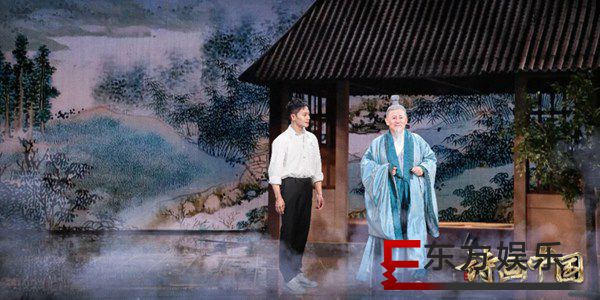
“The snow and clouds in the Tianshan Mountains are often not open, and the thousands of peaks and ten thousand mountains are snowed in Cuiwei.” The Qing Dynasty painter Hua Yan’s “Cold Camel Remnant Snow” and “Tianshan Snow” axes depict a red-clothed traveler trekking with a camel Tianshan scene. Bi Yanjun, who opened the book, will use a one-man show with infinite meaning to restore the scene and the mood of the characters in the two paintings. In the performance, Cen Shen’s “Snow Song from Tianshan Sends Xiao Zhi to Beijing” runs through it all the time. As written in the poem “Why do you say goodbye to you in the snow? There are only green pine branches”, although the poems and paintings depict the severe cold of the snowy mountains in the Tianshan Mountains and the loneliness and hardships of traveling, they also express the author’s perception of life and the likeness of green pine trees. The unyielding will to dare to Aoxue Yingfeng.
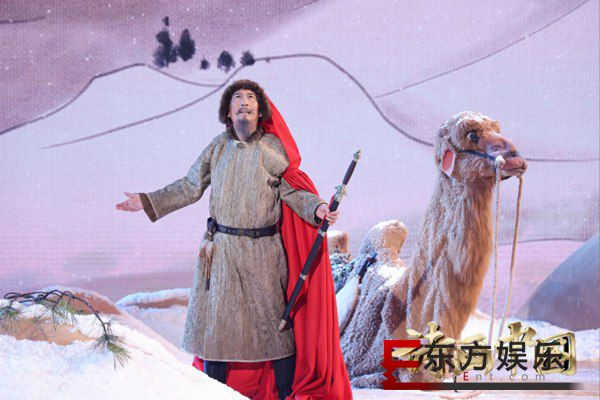
8 p.m. this Sundaycontinue to watch CCTV’s comprehensive channel “Poems and Paintings of China”, taste poetry and paintings, and feel the eternal charm of Chinese culture, Chinese aesthetics, and Chinese spirit across time and space.
Further reading:
